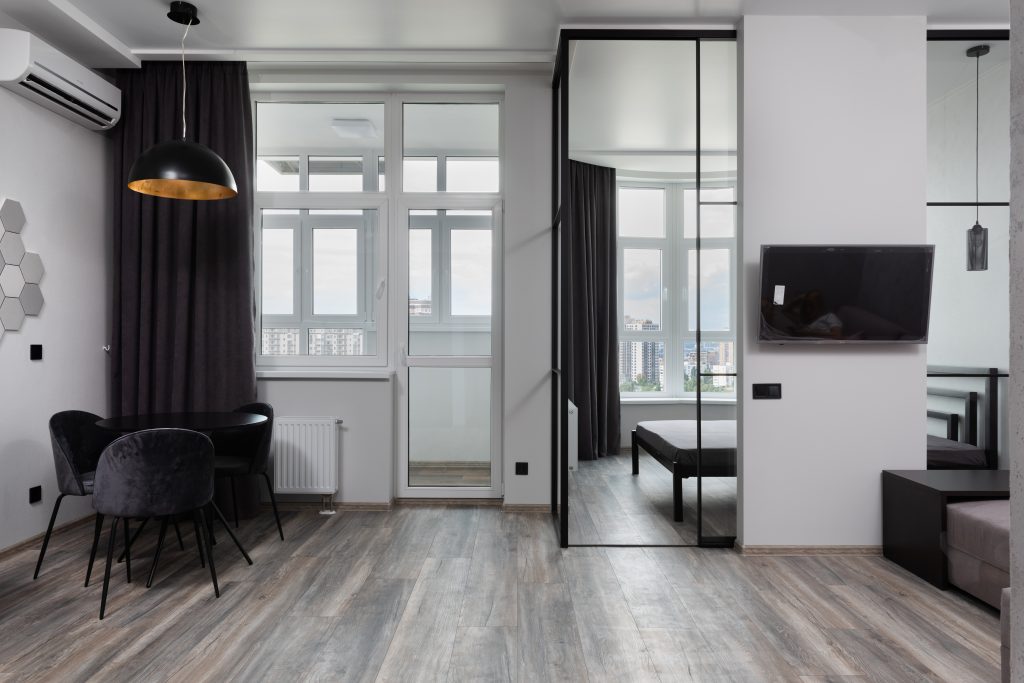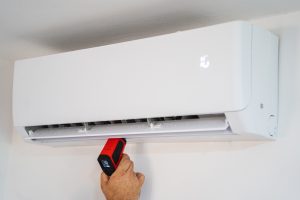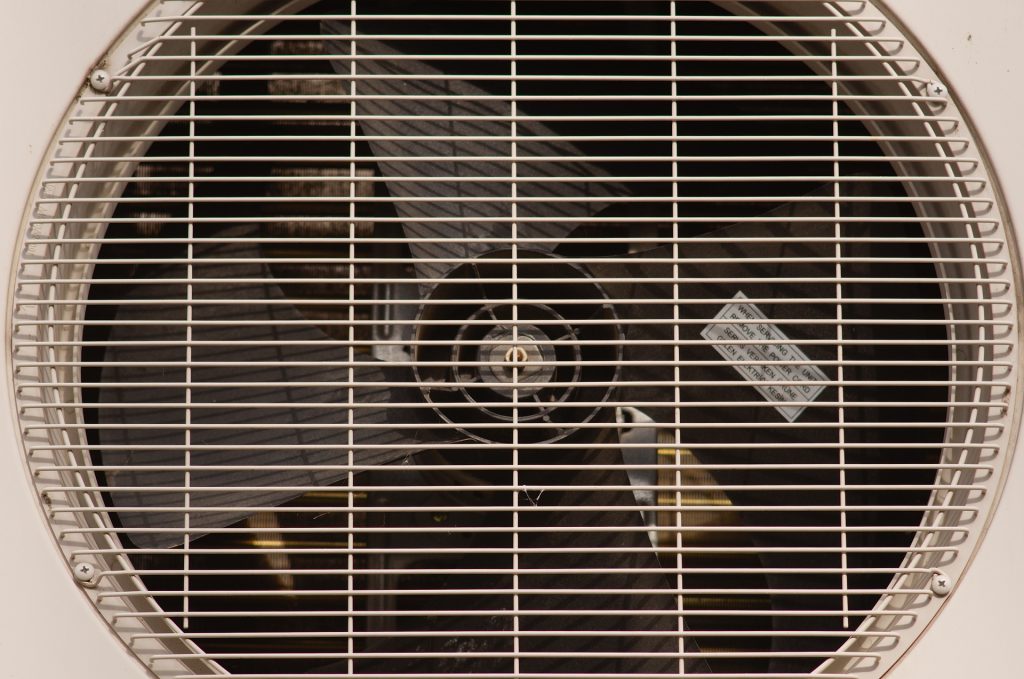If you have an older home without central heat and air conditioning or with an older system that needs to be updated, you might need to make some important choices about the system best for you. Installing central air in a house without ducts can be a costly and time-consuming process, but you do have options beyond window units, swamp coolers or a plethora of fans that never quite do the trick in a hot Arizona summer.
Though you can have ductwork installed for central air conditioning, you might want to consider a ductless cooling system instead. It’s as good, if not better, than having a central air conditioner without ductwork. Let’s look at the difference in the two systems.
Differences Between Central Air in House Without Ducts and With Ducts
Ductless or mini-split air conditioning systems and central air conditioning work similarly. They each consist of an outside condenser and an air handler inside the home, which work in tandem to cool your home.
However, there are some differences.
A central air conditioning system routes air through the handler on our furnace, sending it through a series of ducts to distribute air throughout your home. A ductless system employs a thin cable that connects the outside condenser to a control unit located on the inside walls, eliminating any need for ducts and vents. If you are looking at installing central air in a house without ducts, it can be the ideal solution.
When looking into how to install central air in a house without ducts, most people are going to want to consider both systems. They each have advantages and disadvantages that may be important to you and your situation with your requirements and financial situation.
Let’s take a look at some of the factors you should be aware of when deciding on the best route to install air conditioning without ductwork.
Cost
The first question you’ll want to be answered is how much is it to install central air without ductwork? Cost includes what it costs to install the system and how much it costs to operate in the long run. In a normal installation, central air conditioning has the advantage here.
The costs associated with installing a unit into a new home is considerably less, in some cases up to 30% less. However, if you install it in a home built without ducts and vents installed, that cost increases significantly.
Installation
While workers can usually install central air conditioning in about a week, this timeframe increases for a house without ducts. The more complicated it is to alter your home to include ductwork, the higher the costs and installation time. Installation involves removing sections of walls, ceilings and floors to run ductwork and vents. These must then be repaired and finished to match the rest of the surface.
The costs will vary greatly based on what kind of materials are used in your home. There may be some surfaces that can’t be cut or matched and, therefore, require complete replacement. You might also require custom ductwork in certain areas. This can take up space in closets, attics, and basements.
On the other hand, ductless systems can be added in a matter of a few days, sometimes less. There are no ducts or vents to be installed. Indoor units can be mounted with only a small hole for the conduit to be run through your walls to house suction tubing, power cable, refrigerant lines and condensate drain lines. With less time and labor involved, the installation is both less expensive and less intrusive to your home.
Temperature Regulation
Central air conditioning operates from a single thermostat that controls the temperature of the entire house. With a mini-split system, you can set up different regions and maintain the temperatures of those areas at different temperatures. For instance, you can keep rooms that are not frequently used a little warmer to save on energy costs.
If you have members of your family who prefer to sleep at different temperatures, you can set up bedrooms as their own zone and adjust them to suit the occupants’ preferences. Perhaps you’ve enclosed your garage as a hobby room that you only use part of the time. You can set it up so that it is only heated or cooled when in use.
Maintenance
You won’t have to maintain your ductwork if you don’t have any. This means no insulation, no cleaning, and no seals to leak. However, you’ll find that central air conditioning has the advantage of warranty periods. Warranty periods for traditional central air conditioning are typically longer than those for ductless mini-splits.
Efficiency
Central air conditioners can last up to 15 years, while ductless mini-splits last 20 years. Due to the longer life span and the reduced energy required for a mini-split system, they have an advantage when it comes to efficiency in the long run.
Space Saving
Many homes without ductwork were simply built not to have any, meaning they lack the extra space or it has been utilized for other things. This can be a real issue when trying to install the larger components involved in a central air conditioning system. This is not a problem with mini-splits that require fewer and smaller components.
The bottom line is that installing a central air conditioning system or a mini-split system in a home where there is no ductwork will still require some alterations to accommodate the system, but the mini-split system has a clear advantage here. You can apply a mini-split system to only certain rooms without running it through the entire home.
Whatever your situation, the American Home Water and Air experts can help you decide. Get in touch to discuss what options are best for you and how we can help achieve your upgrade in an efficient, cost-effective manner.














